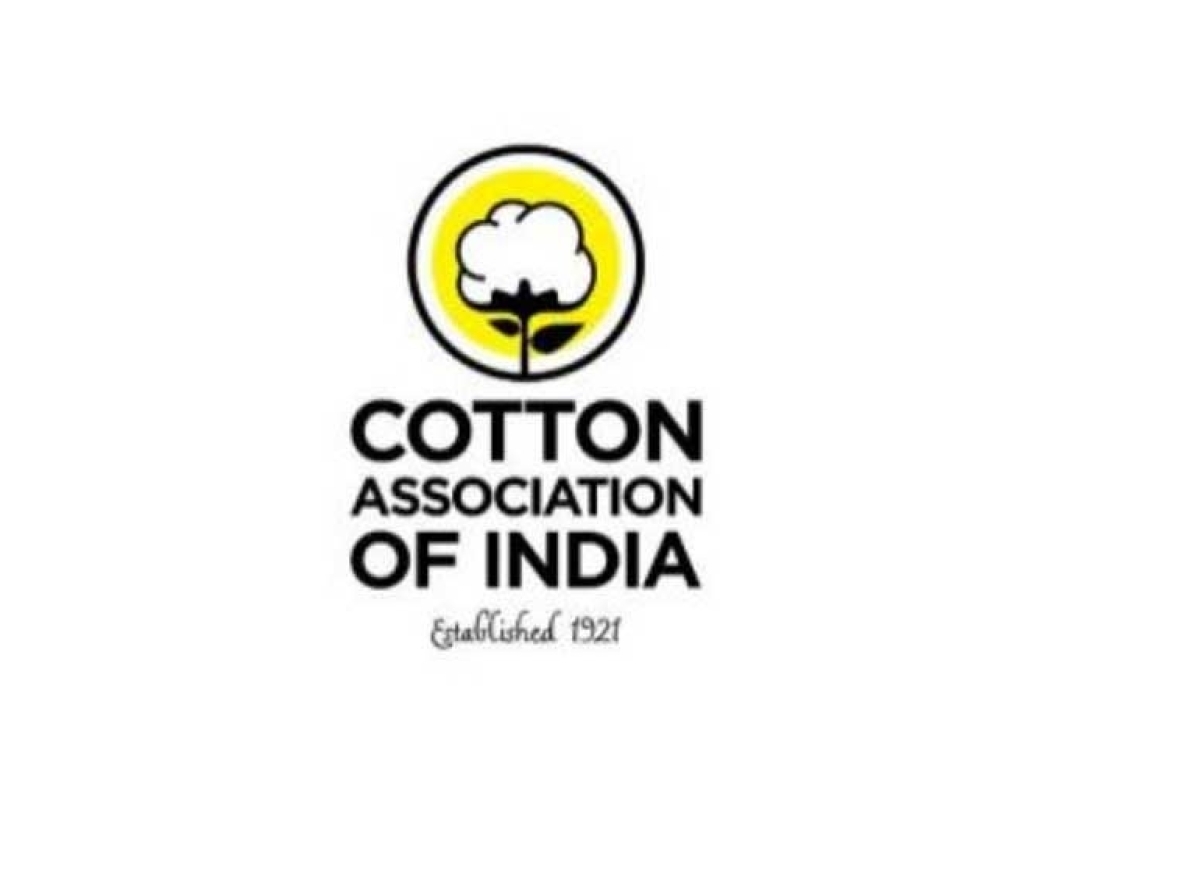13 April 2022, Mumbai:
Ongoing political crisis in Europe, Sri Lanka, and Pakistan are influencing the global cotton and textiles sector, manufacturing, and global economy.
The rise in prices, inflation, and political crisis in some parts of the world are having a direct effect on the recent Presidential election in France.
Worries about the increase in energy cost due to the probable embargo on Russian gas and oil by EU countries are genuine among consumers while making buying decisions on non-essential items.

ALSO READ Seshadri Ramkumar: Ukraine Crisis Impact on 'Cotton & Textiles'
Ripple effects from COVID-19 are seen in different sections of the society, which is more evident in Sri Lanka.
With the decrease in foreign tourism, the economy of Sri Lanka has taken a severe hit, which has been in decline due to mismanagement for over a decade and due to heavy foreign debts.
In addition to economic fallouts, the political crisis in Pakistan and Europe due to the Russian invasion of Ukraine is adding to the pain as well.
All these instabilities are showing their impacts on the global cotton and textile sectors.
RELATED NEWS India's organic cotton production will increase: Year 2020-21
This is immediately felt in a major textile-producing country, say India. The economic and political crisis in some parts of the world should result in favorable conditions for textile manufacturing in India, but this is not the case.
The steady increase in cotton price is creating havoc in the Indian textiles sector resulting in decreased production and reducing workweek by a day in textile mills in India.
Sri Lanka is a leading garment producer supplying global brands.
Lack of power and the ongoing political crisis are affecting many sectors of the country. “While orders from Sri Lanka are getting diverted to Tiruppur in India, steep cotton price in India is not helping the situation,” stated Mr. Velmurugan Shanmugam, a 30-year industry veteran, and the general manager of Aruppukkottai-based Jayalakshmi Textiles.
In many mills, production has been slashed by 20 percent resulting in losses. Higher cotton prices are not absorbed by upstream products like yarns. “Weavers are not willing to pay higher prices,” added Velmurugan Shanmugam.
Cotton prices have doubled in a year and the present situation is worse than in 2011 when the cotton price was steep. Textile mills in India are demanding the Indian government slash the 11% import duty on cotton, which will create a level playing field with competing countries like Bangladesh, Vietnam, and Indonesia.
Cautious stock maintenance, negotiating with the government for adequate support, efficient workflow management, and watching the global situations carefully are a few near-term solutions for the global textiles sector.
Join our community on Linkedin
CREDITS: By- Seshadri Ramkumar, Professor, Texas Tech University, USA

























